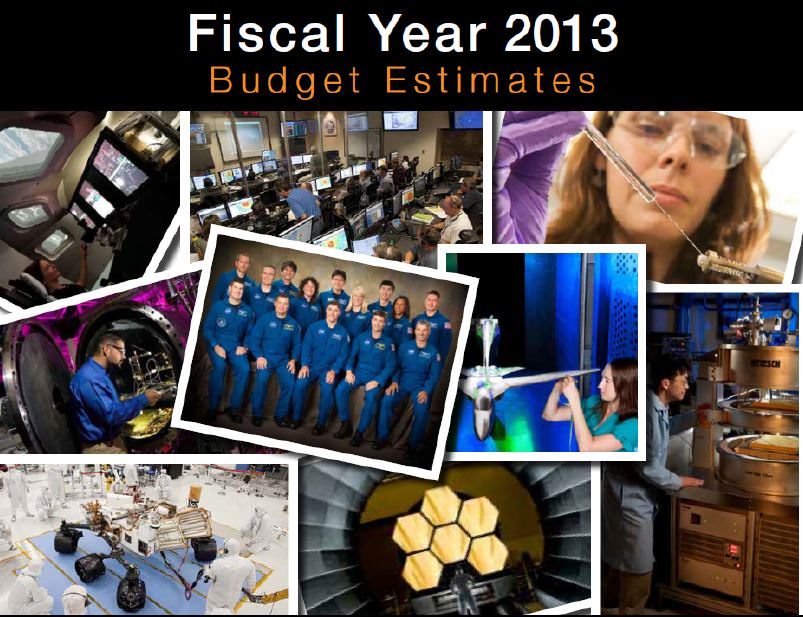

The 48 units absorbed by the atmosphere (34 units from terrestrial energy and 14 from insolation) are then finally radiated back to space. The 51 units reaching and absorbed by the surface are emitted back to space through various forms of terrestrial energy: 17 directly radiated to space and 34 absorbed by the atmosphere (19 through latent heat of vaporisation, 9 via convection and turbulence, and 6 as absorbed infrared by greenhouse gases). The 65 remaining units (ASR=220 W/m 2) are absorbed: 14 within the atmosphere and 51 by the Earth's surface. Called the albedo of Earth, around 35 units in this example are directly reflected back to space: 27 from the top of clouds, 2 from snow and ice-covered areas, and 6 by other parts of the atmosphere. To describe some of the internal flows within the budget, let the insolation received at the top of the atmosphere be 100 units (=340 W/m 2), as shown in the accompanying Sankey diagram. It implies a value of about 0.3 for the mean net albedo of Earth, also called its Bond albedo (A): A S R = ( 1 − A ) × 340 W m − 2 ≃ 240 W m − 2. This amount is called the absorbed solar radiation (ASR). Of the ~340 W/m 2 of solar radiation received by the Earth, an average of ~77 W/m 2 is reflected back to space by clouds and the atmosphere and ~23 W/m 2 is reflected by the surface albedo, leaving ~240 W/m 2 of solar energy input to the Earth's energy budget. Since the absorption varies with location as well as with diurnal, seasonal and annual variations, the numbers quoted are multi-year averages obtained from multiple satellite measurements. the area of a circle), the globally and yearly averaged TOA flux is one quarter of the solar constant and so is approximately 340 watts per square meter (W/m 2). Because the surface area of a sphere is four times the cross-sectional area of a sphere (i.e. The total amount of energy received per second at the top of Earth's atmosphere (TOA) is measured in watts and is given by the solar constant times the cross-sectional area of the Earth corresponded to the radiation. Accurate quantification of these energy flows and storage amounts is a requirement within most climate models. This is due to the thermal inertia of the oceans, land and cryosphere. When the energy budget changes, there is a delay before average global surface temperature changes significantly. The rate of heating from this human-caused event is without precedent. Multiple types of measurements and observations show a warming imbalance since at least year 1970. Global warming occurs when earth receives more energy than it gives back to space, and global cooling takes place when the outgoing energy is greater. When the incoming and outgoing energy fluxes are in balance, Earth is in radiative equilibrium and the climate system will be relatively stable. The result is Earth's climate.Įarth's energy budget depends on many factors, such as atmospheric aerosols, greenhouse gases, the planet's surface albedo (reflectivity), clouds, vegetation, land use patterns, and more.

As the energy seeks equilibrium across the planet, it drives interactions in Earth's climate system, i.e., Earth's water, ice, atmosphere, rocky crust, and all living things.


Because the Sun heats the equatorial tropics more than the polar regions, received solar irradiance is unevenly distributed. The energy budget also accounts for how energy moves through the climate system. Smaller energy sources, such as Earth's internal heat, are taken into consideration, but make a tiny contribution compared to solar energy. Įarth's energy budget accounts for the balance between the energy that Earth receives from the Sun and the energy the Earth loses back into outer space. The imbalance (or rate of global heating shown in figure as the "net absorbed" amount) grew from +0.6 W/m 2 (2009 est. It is measured by satellites and shown in W/m 2. Earth's climate is largely determined by the planet's energy budget, i.e., the balance of incoming and outgoing radiation.


 0 kommentar(er)
0 kommentar(er)
